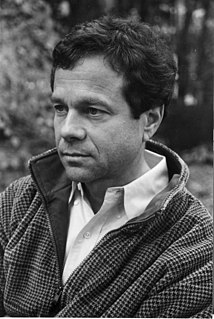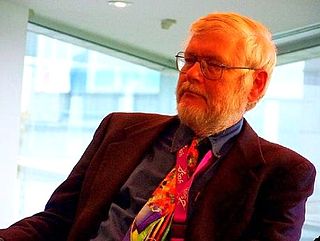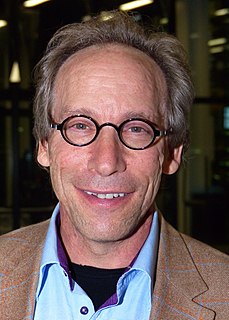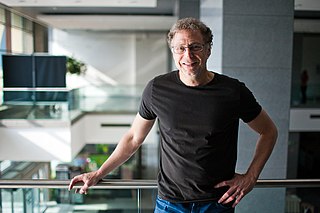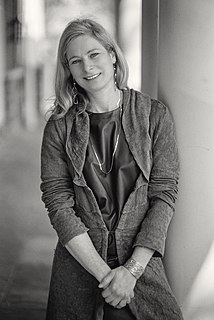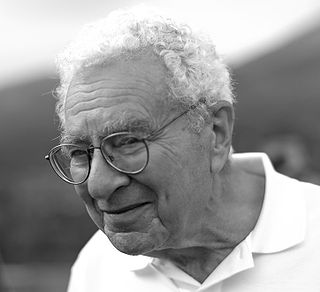Top 13 Quotes & Sayings by Heinrich Rohrer
Explore popular quotes and sayings by a Swiss physicist Heinrich Rohrer.
Last updated on April 21, 2025.
In 1974/75, I spent a sabbatical year with Professor Vince Jaccarino and Dr. Alan King at the University of California in Santa Barbara to get a taste of nuclear magnetic resonance. We solved a specific problem on the bicritical point of MnF2, their home-base material. We traded experience, NMR, and critical phenomena.
In all the years with IBM Research, I have especially appreciated the freedom to pursue the activities I found interesting and greatly enjoyed the stimulus, collegial cooperation, frankness, and intellectual generosity of two scientific communities, namely in superconductivity and critical phenomena.
In summer 1961, Rose-Marie Egger became my wife, and her stabilizing influence has kept me on an even keel ever since. Our honeymoon trip led us to the United States where I spent two post-doc years working on thermal conductivity of type-II superconductors and metals in the group of Professor Bernie Serin at Rutgers University in New Jersey.

